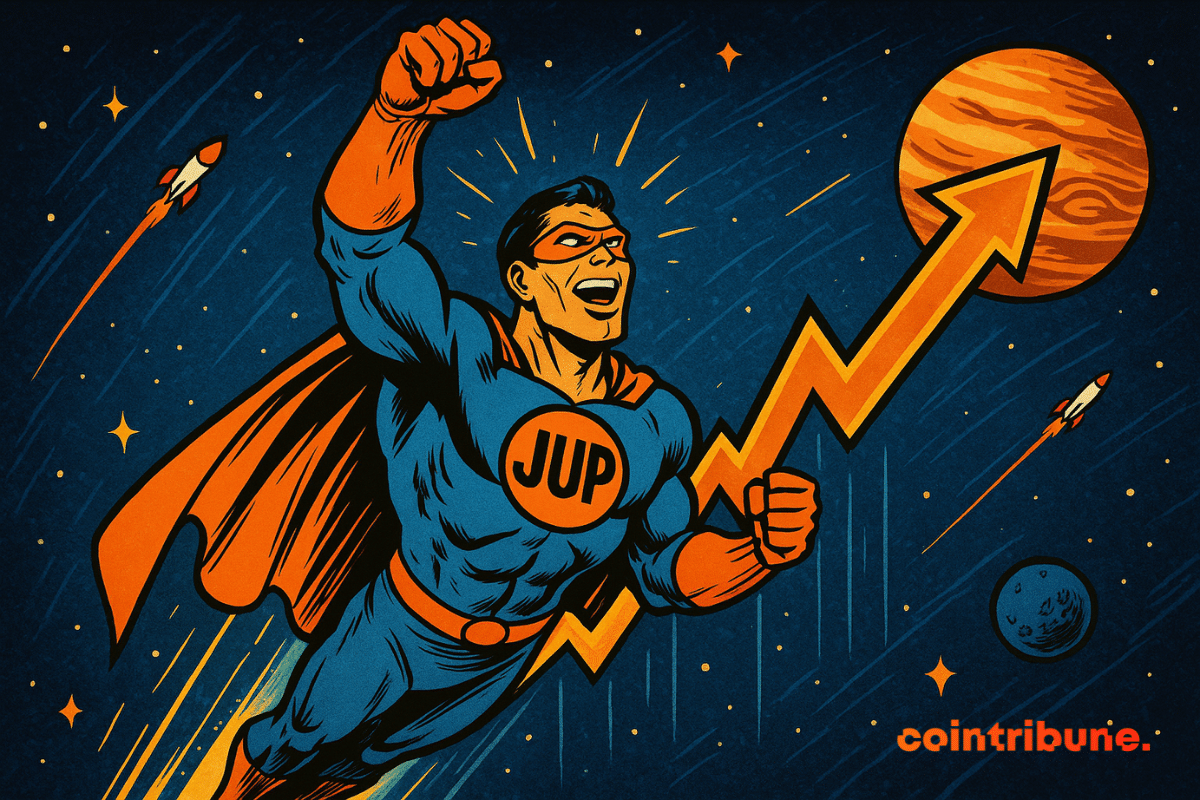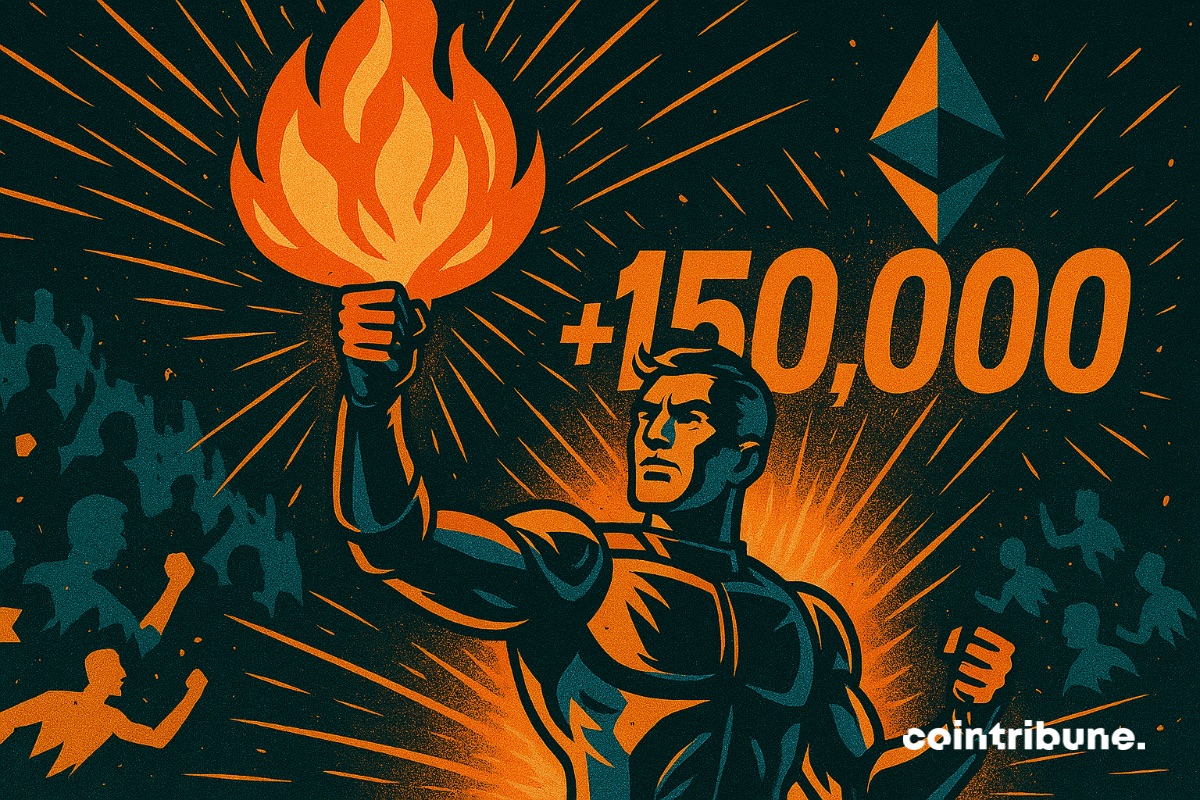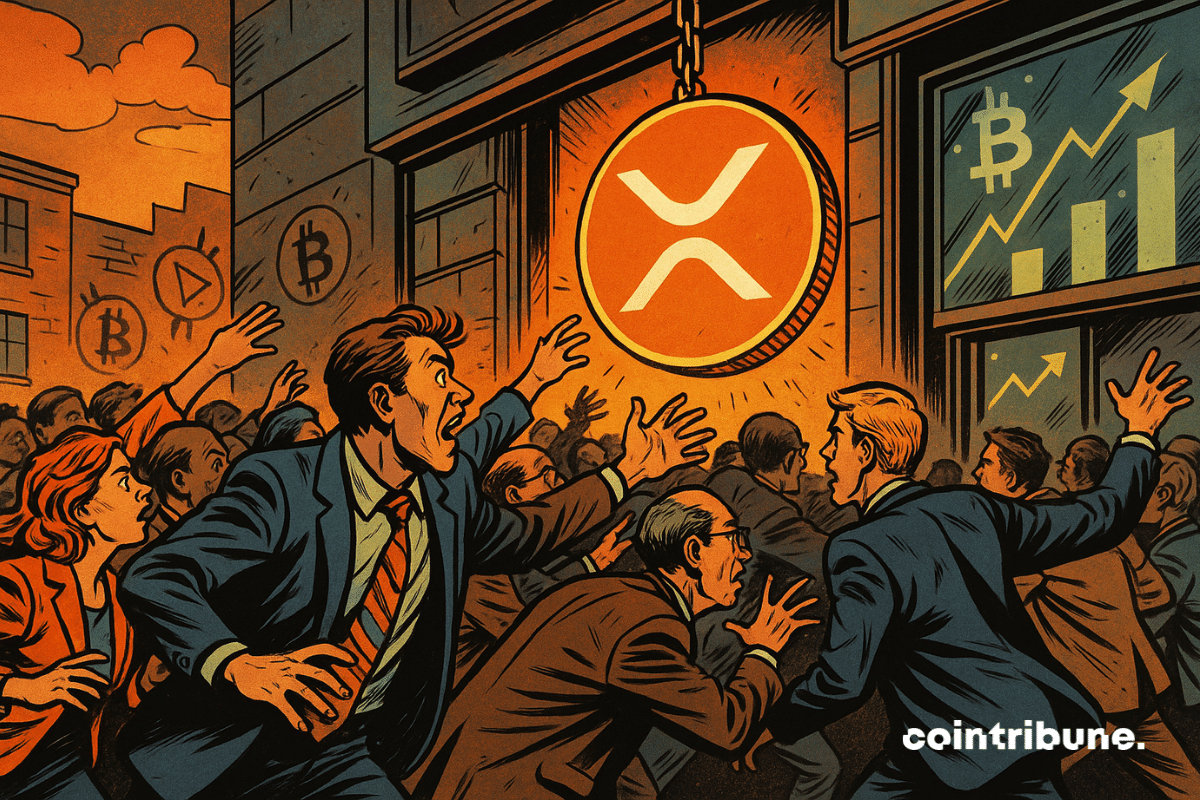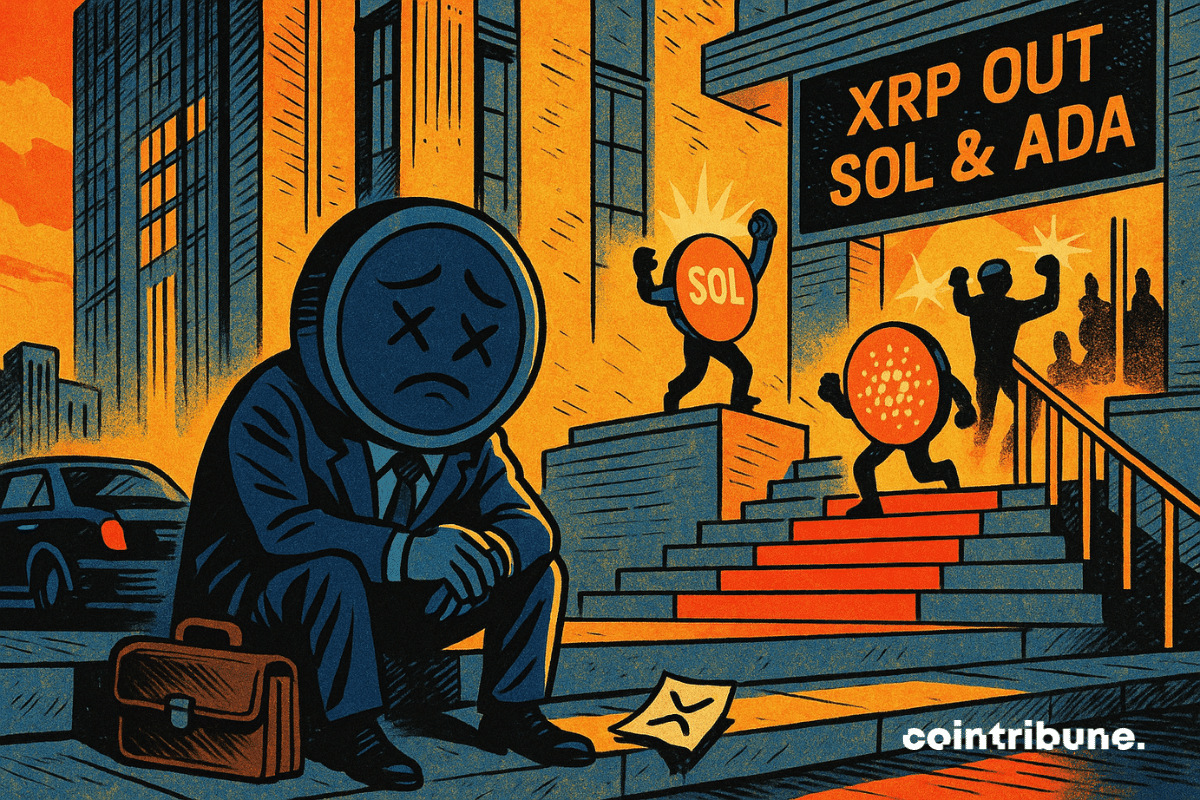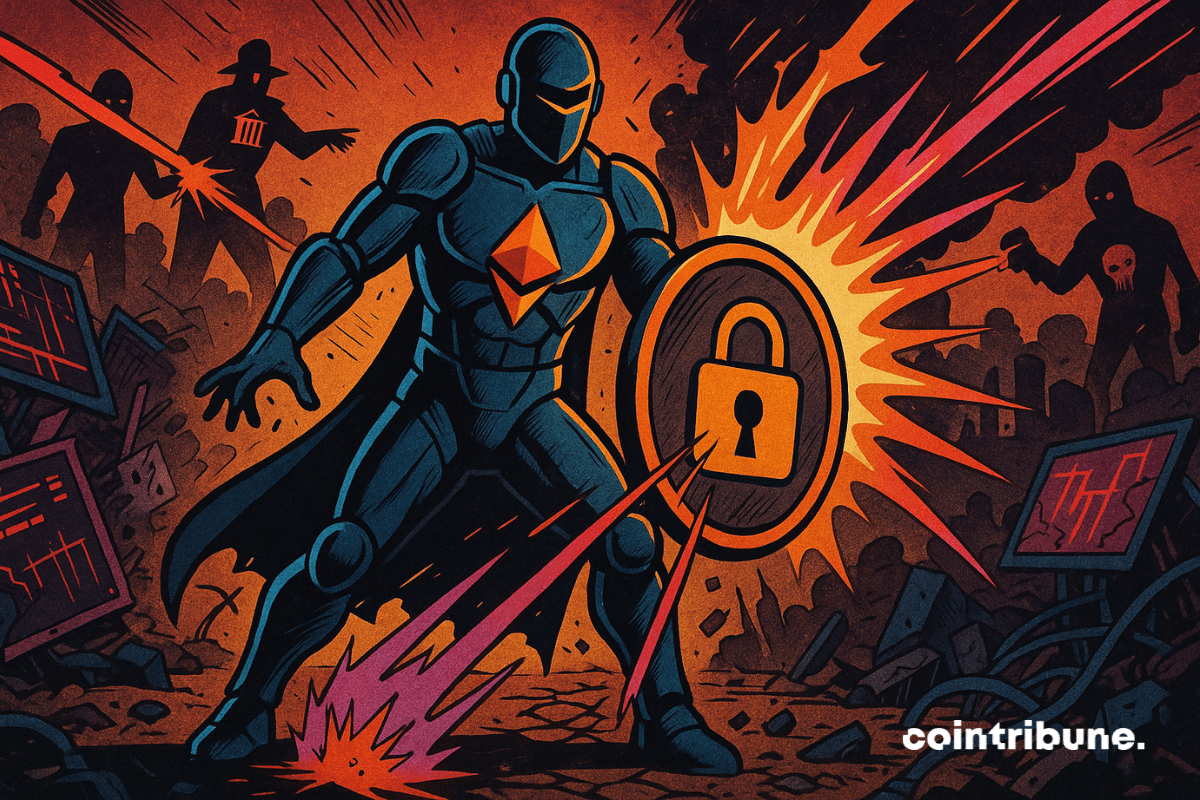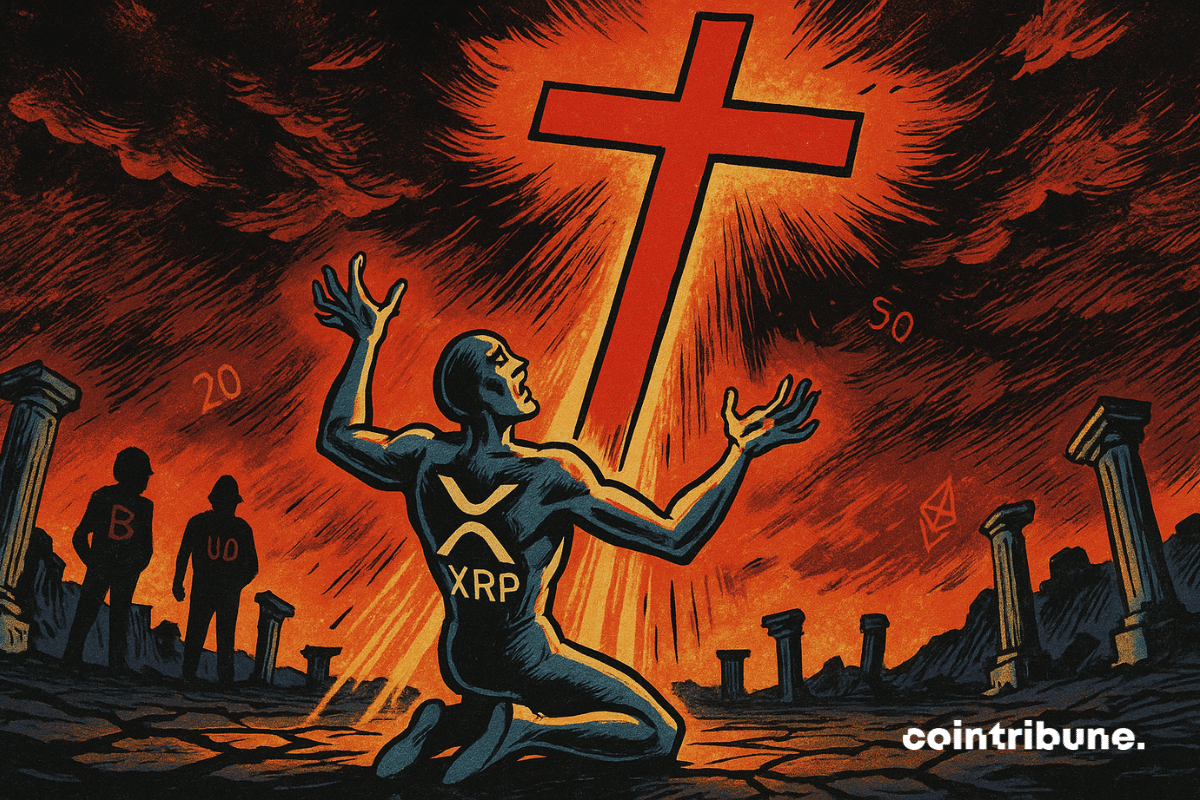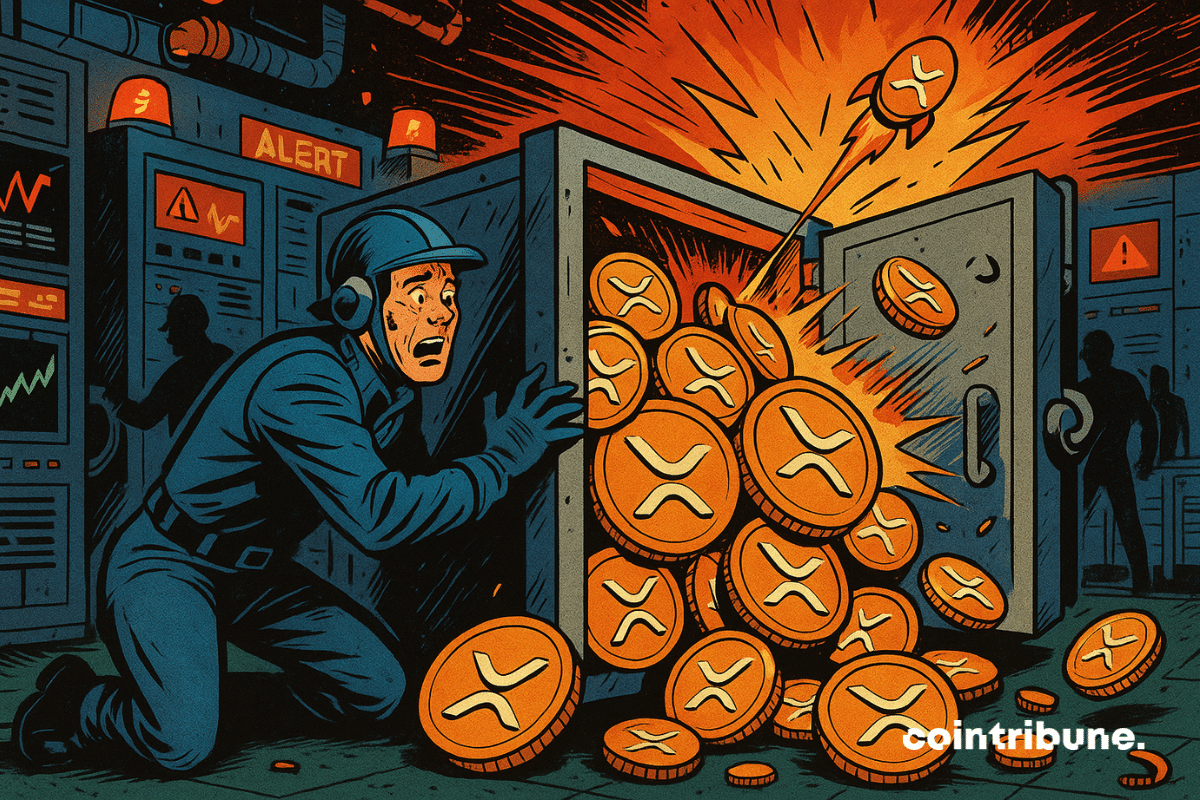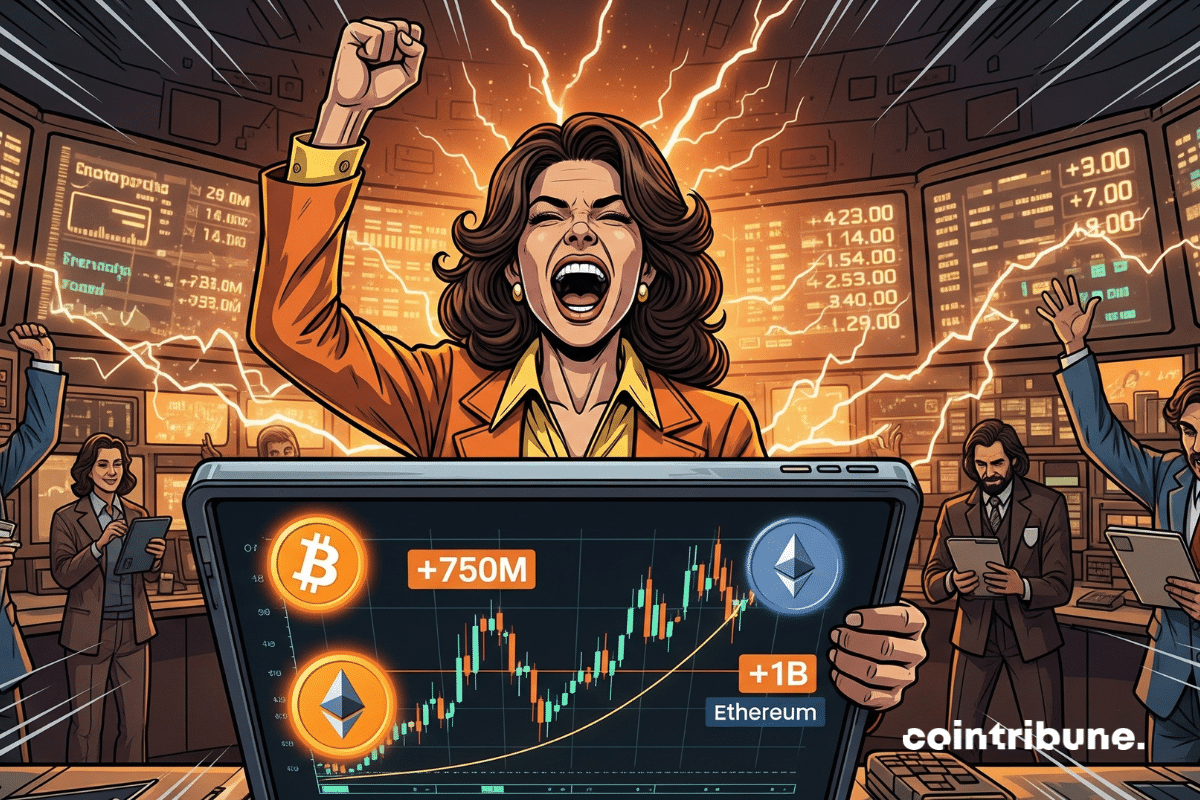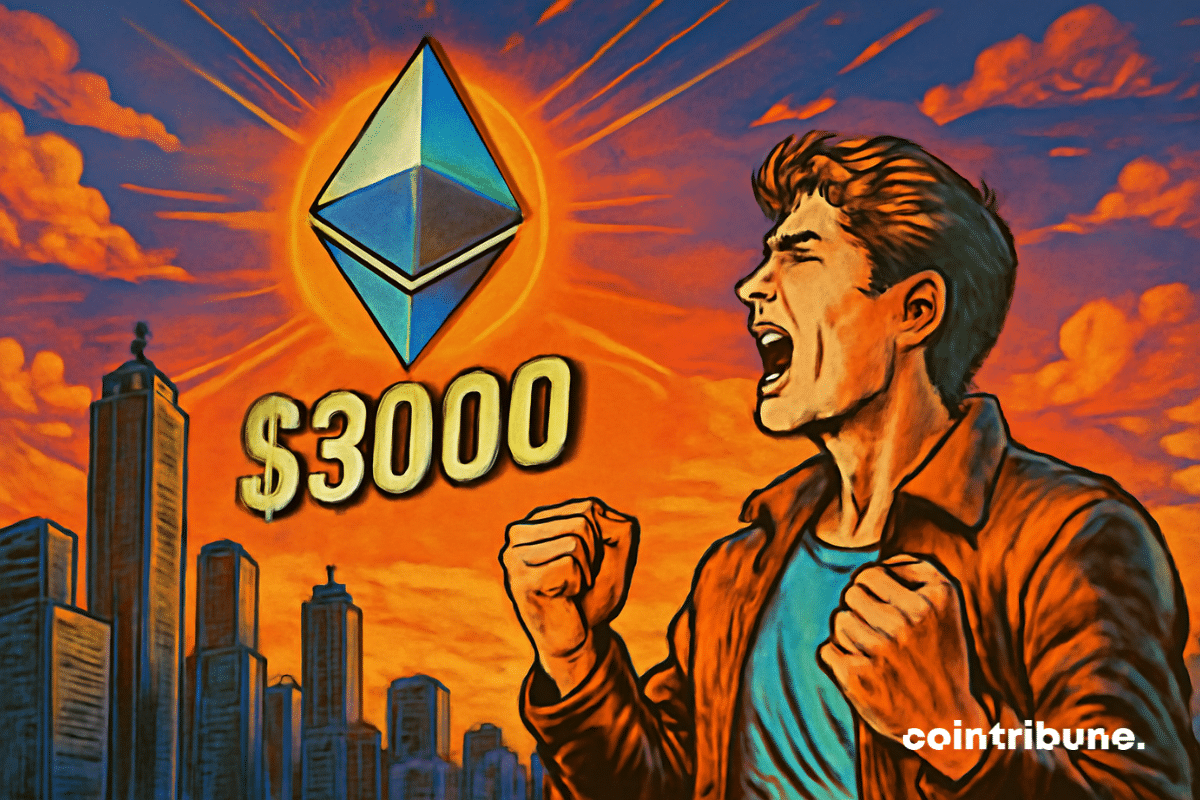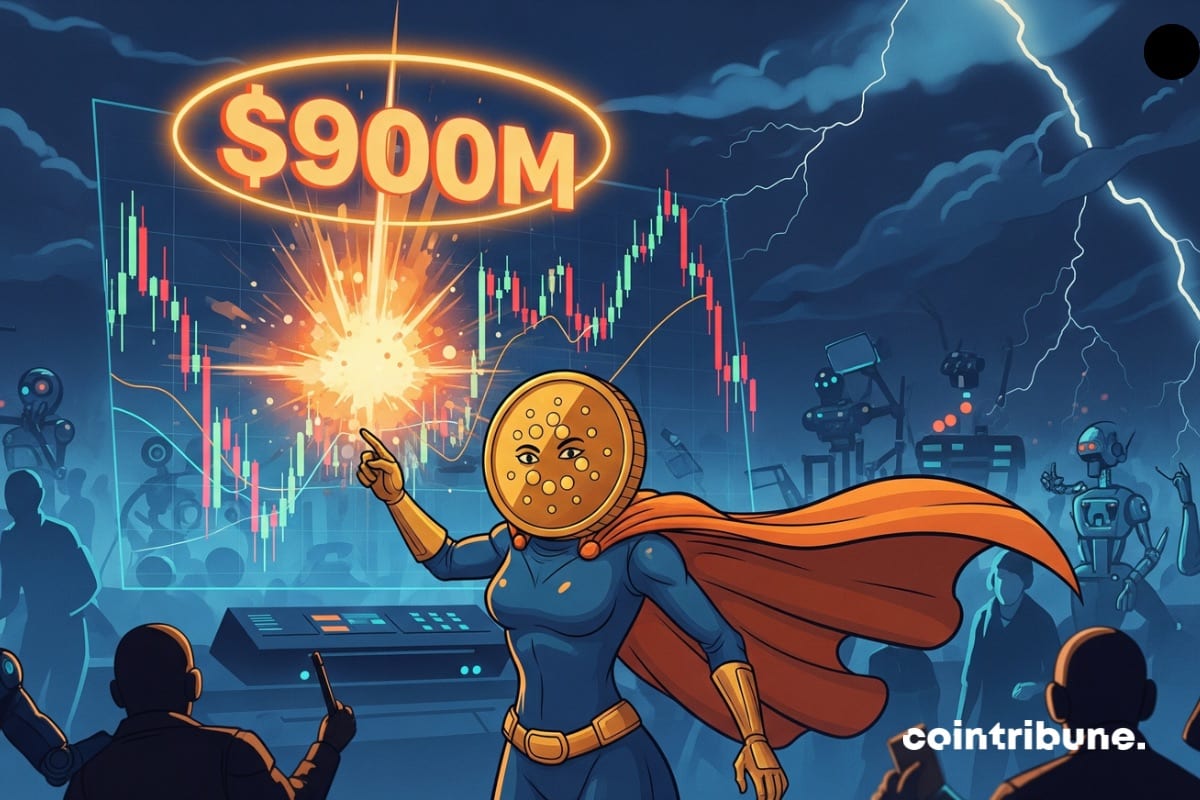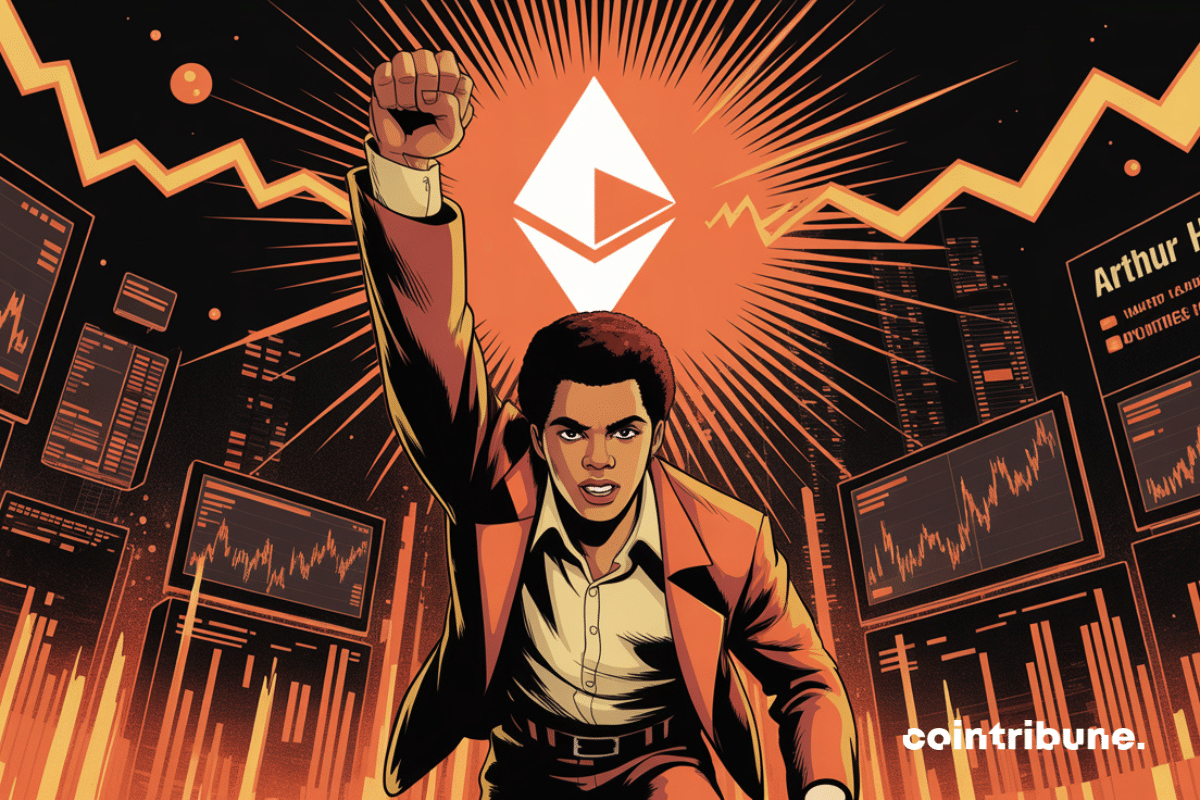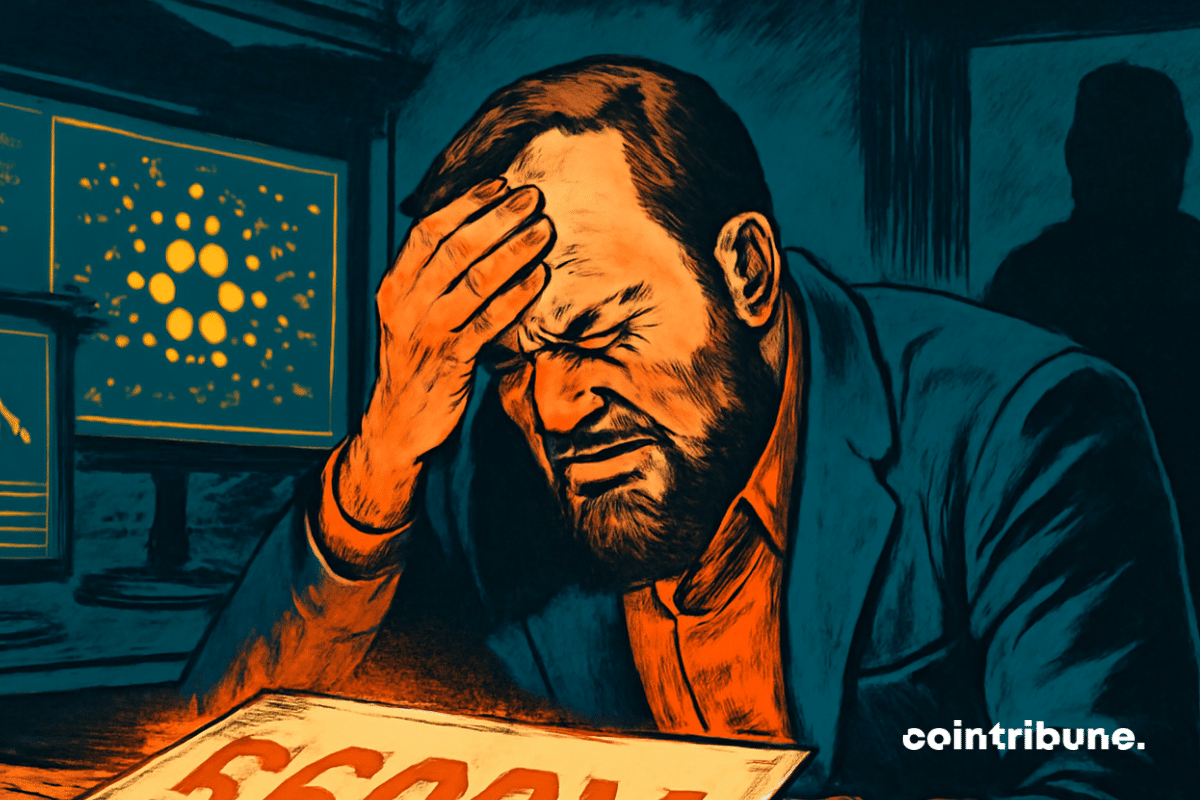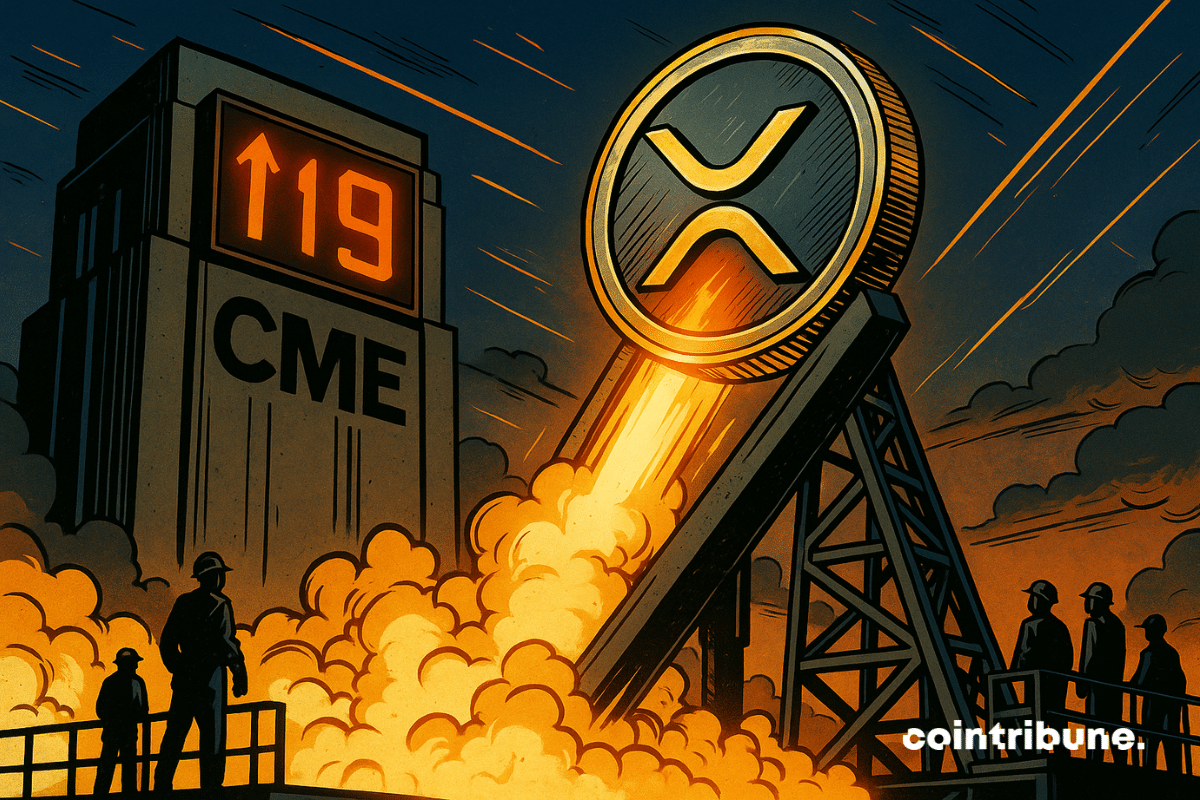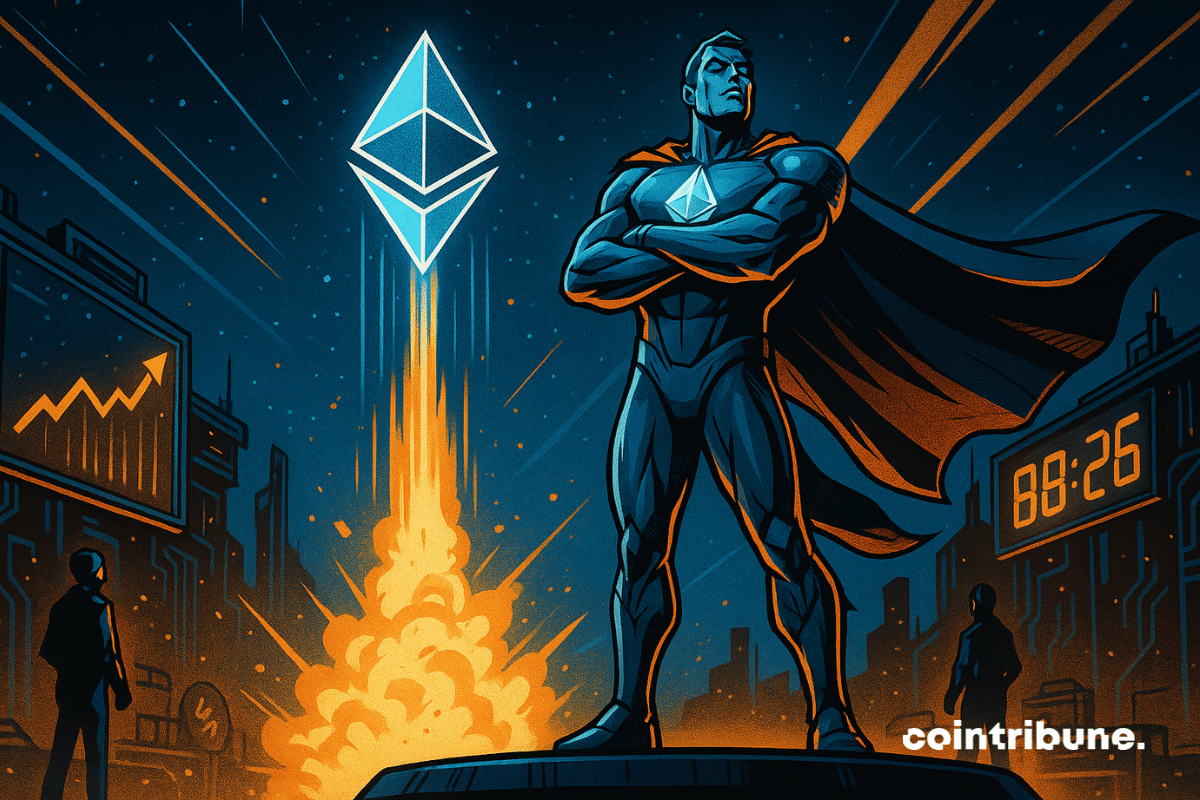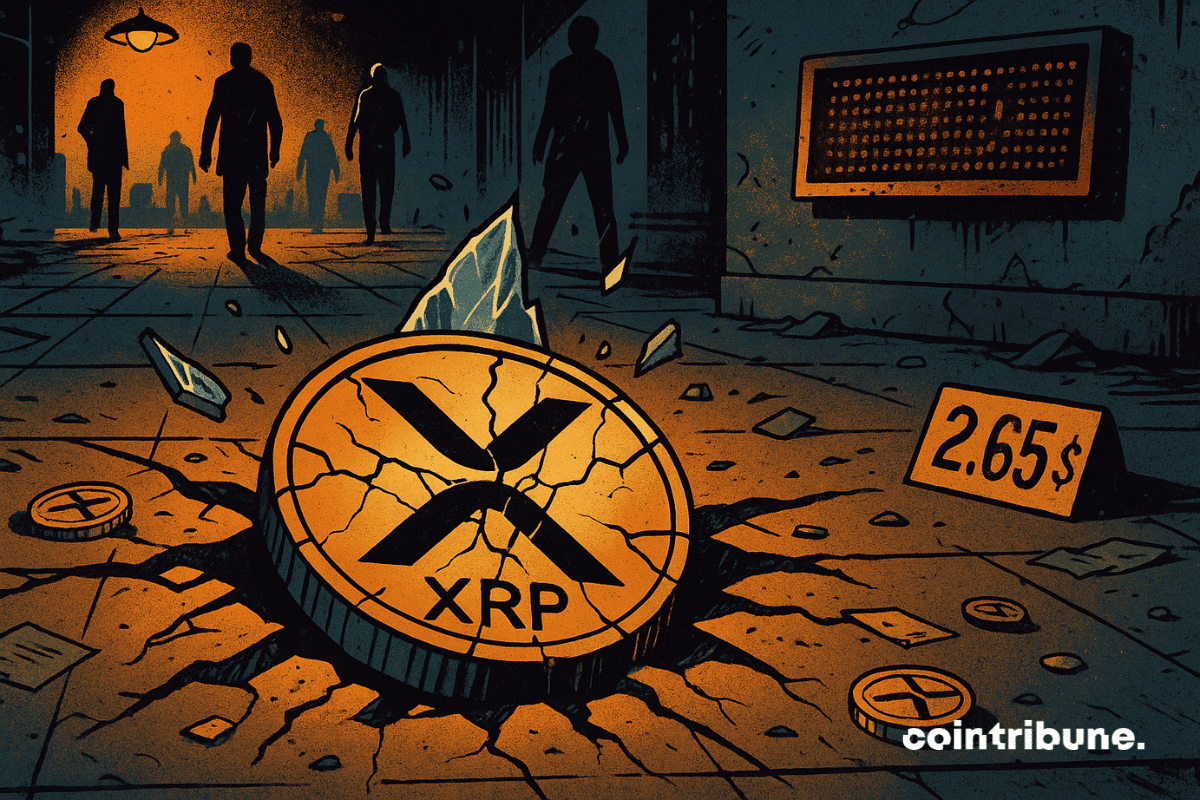JUP surged 12% on Monday with rising volume and bullish signals. Analysts believe the token could be heading toward $1.
Theme Altcoins
Ethereum validators want to nearly double the network's gas limit! More transactions, but also more challenges. Find out why this choice could change everything for the future of the crypto network.
Dogecoin has just experienced a disruption that goes beyond the usual volatility of the crypto market. In one hour, the memecoin faced a liquidation imbalance of 200%, triggering a wave of losses on long positions. This unusual figure reveals far more than erratic movement. It highlights the increasing exposure of traders to relentless market mechanics. This is not an epiphenomenon, but a revealing signal of latent tension, in a climate where consolidation often conceals imminent breakages.
The Sui foundation expresses its support for the Cetus proposal to recover the funds stolen during the hack.
In a crypto ecosystem where every move is scrutinized by investors, the sudden rise of XRP on the regulatory scene is intriguing. In just a few days, the likelihood of approval for a spot ETF backed by this asset has jumped to 83%, according to Polymarket. This figure, far from trivial, crystallizes a strategic turning point in the battle between the crypto industry and the SEC. More than just a speculative signal, it embodies a possible shift towards long-awaited institutional legitimization.
As Bitcoin flirts with new highs and the crypto market once again dresses in green, an anomaly strikes hard: XRP, usually in the spotlight, is experiencing an unexpected collapse in its flows. Far from the excitement energizing ADA, SOL, or even SUI, Ripple seems to be going its own way... and not in a good direction. A look back at a reshuffling that could redefine the priorities of institutional investors.
The month of June is expected to be less eventful than May in terms of crypto unlocks. According to Tokenomist, $3.3 billion worth of tokens will be released in June, representing a 32% decrease compared to the $4.9 billion in May. Could this wave of liquidity upset the fragile balance of the market?
And if the digital future still needed cash? While Sweden and Norway are rediscovering the importance of cash in the face of systemic risks, Vitalik Buterin is reigniting the debate. In a statement shared on X, the co-founder of Ethereum calls for strengthening the resilience and privacy of the protocol. The goal is to make Ethereum a credible alternative to cash. This statement marks a strategic turning point in the design of blockchain uses in the post-cash era.
XRP is faltering against Bitcoin. A feared technical crossover, the "death cross", has just appeared on the XRP/BTC pair, rekindling investor concerns. This signal, associated with a marked bearish trend, contrasts with the strength displayed by Bitcoin. However, against the backdrop of this grim picture, some technical indicators on longer time frames suggest a possible reversal. Amid short-term tensions and hopes of a rebound, XRP is once again capturing the attention of a crypto market searching for benchmarks.
Elon Musk doesn't need official announcements to shake up the crypto market: an image is enough. In April 2023, he replaced Twitter's logo with that of Dogecoin, triggering an immediate surge. Two years later, he lightly revives this episode, calling the act a "great idea." Behind this wink, the community perceives a message: Dogecoin hasn't left the stage. This statement once again opens up speculation about its future role in the X ecosystem.
Vivek Raman, co-founder of Etherealize and a former Wall Street banker, is leading an unprecedented charm offensive. He now presents Ethereum as the "digital oil" poised to revolutionize traditional financial institutions.
Crypto is sparkling! Ethereum, still in the shadow of Bitcoin, is on the rise. Does this resurrection hide a new windfall or just a flash in the pan?
While Bitcoin breaches a new peak of over $111,000, XRP is navigating a climate of uncertainty. Driven by the accumulation of tokens by large holders, Ripple's cryptocurrency is experiencing a bullish momentum. However, this dynamic is accompanied by tensions: the rapid increase in reserves on Binance and other exchanges fuels doubts. In an ultra-reactive market, where every indicator matters, this unstable configuration calls for a nuanced reading of the dynamics at play.
In a matter of seconds, market calm evaporated. A shocking announcement from Donald Trump was enough to unsettle the indices… and drag Bitcoin down with it. A look back at an electric day where the flagship cryptocurrency once again proved that it is at the heart of global turmoil.
Bitcoin recently climbed above $111,000, marking a fresh all-time high and stirring new interest across the crypto space. After a small pullback, the focus is turning to altcoins, with several showing early signs of movement. Solana rose 4%, XRP lifted 1%, and Cardano saw a 2% gain. These numbers have led some to believe that the next stage of the market cycle could be near.
A major hack? No big deal. Hyperliquid is powering up, HYPE is soaring, and a trader is breaking their piggy bank with 40x leverage. Crypto is not for the faint-hearted.
Bitcoin and Ethereum ETFs reach historic levels of investment, not seen since January 2025. Details here!
XRP draws attention with 73% long positions. Discover why this crypto asset could soon soar.
The blockchain forgets nothing, but it sometimes knows how to bounce back with unexpected elegance. While some observers relegated Ethereum to a slow stagnation, the Pectra affair came to rewrite the scenario. After 3.8 billion dollars injected into the ecosystem, the second cryptocurrency by market capitalization is getting a new lease on life. Is it just a flash in the pan or the beginnings of a renaissance? Decoding.
Ethereum has never really left the radar of investors. But in recent days, a particular thrill has swept through the crypto market. With a meteoric rise towards $2,700, the prospect of a return to $3,000 is becoming clearer. It is no longer a distant hypothesis, but a scenario that is regaining color. And behind this rise, a simple reality: profits are reborn, and with them, the market's appetite.
Cardano (ADA) confirms its dynamism with a record open interest of over $900 million, a sign of renewed confidence from traders. Despite volatility and regulatory challenges, ADA is establishing itself as a major player in the crypto market, ready to write a new chapter in its history.
Some launches redefine the position of an asset in the crypto ecosystem. On May 22, 2025, Volatility Shares will introduce the first futures ETF on XRP to the market, marking a turning point for the integration of this asset into institutional finance. As the market seeks regulated products for accessing cryptocurrencies, this new financial vehicle reflects the growing interest in XRP and could accelerate its adoption in the portfolios of traditional investors.
Dogecoin rose 3%, causing $5.2M in short liquidations and signaling possible bullish momentum ahead.
Launched as a revolution in mobile mining, Pi Network has captivated millions of investors before faltering under the weight of its own promises. Since the launch of its mainnet in February 2025, the project has faced setbacks: blocked tokens, lack of listing on major platforms, and ambiguity around its funding. The result is a drop of over 75% in price within three months and a disillusioned community. Behind the initial excitement, doubt is emerging about the actual viability of this "inclusive" cryptocurrency.
Ethereum is hovering around $2,400. Arthur Hayes is betting on a spectacular rebound and surpassing Solana by 2025. Discover why.
Financial dramas are unfolding, yet they do not resemble each other in the crypto universe. The latest twist: Cardano, long praised for its academic rigor, faces an explosive accusation of misappropriating around 600 million dollars in ADA. Charles Hoskinson, the project's guiding figure, promises an audit. This affair could redefine trust at the very heart of decentralized governance.
Ethereum co-founder Vitalik Buterin calls for easier, more accessible node running to keep the network private and decentralized amid recent ETH price falls.
While regulation struggles to keep pace with crypto innovation, the introduction of futures contracts on XRP at CME Group reshuffles the deck. This initiative from the world’s largest derivatives market grants a new legitimacy to Ripple's asset, despite the lingering shadow of the lawsuit with the SEC. In a carefully calculated timing, this launch symbolizes a push towards the institutionalization of XRP amidst legal uncertainty and tensions between decentralized innovation and rigid regulatory frameworks.
Ethereum is about to reach a decisive milestone. With EIP-7928, a bold proposal has just been introduced to allow parallel execution of transactions on Layer 1. Long considered an almost insurmountable challenge due to risks to system consistency, this advancement could profoundly transform the network's architecture. In response to the persistent scalability limits, this new technical milestone reignites discussions among developers and marks a potential turning point for Ethereum's evolution towards enhanced efficiency without compromising security.
Driven by a resurgence of optimism, XRP seemed poised for new heights. However, within just a few sessions, the momentum came to a sudden halt. The price is declining, and trading volumes are collapsing. In a tense crypto market, this sudden reversal raises doubts about the strength of the bullish movement and prompts questions about the next phase of the cycle. Should this be seen as a mere technical pause or the beginnings of a deeper pullback?
